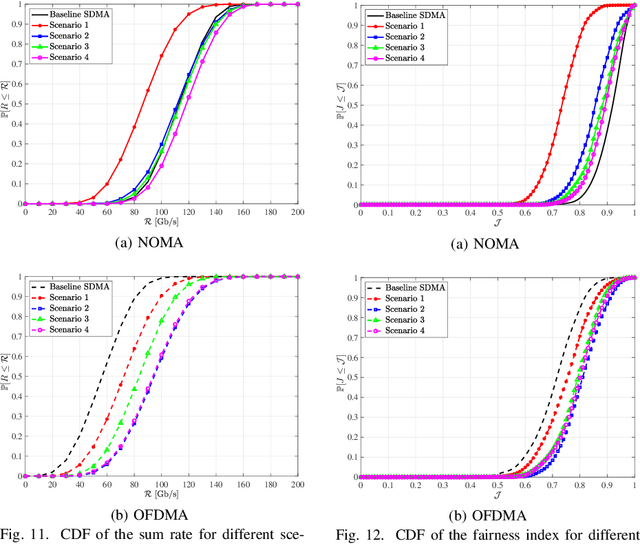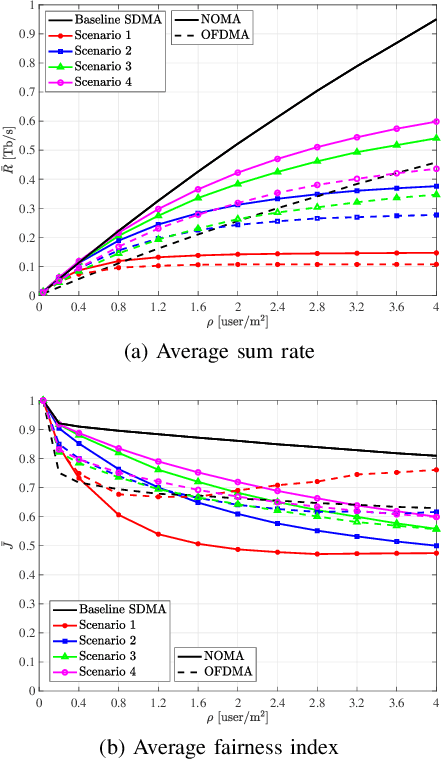A Novel Terabit Grid-of-Beam Optical Wireless Multi-User Access Network With Beam Clustering
Paper and Code
Apr 05, 2024



In this paper, we put forward a proof of concept for sixth generation (6G) Terabit infrared (IR) laser-based indoor optical wireless networks. We propose a novel double-tier access point (AP) architecture based on an array of arrays of vertical cavity surface emitting lasers (VCSELs) to provide a seamless grid-of-beam coverage with multi-Gb/s per beam. We present systematic design and thorough analytical modeling of the AP architecture, which are then applied to downlink system modeling using non-imaging angle diversity receivers (ADRs). We propose static beam clustering with coordinated multi-beam joint transmission (CoMB-JT) for network interference management and devise various clustering strategies to address inter-beam interference (IBI) and inter-cluster interference (ICI). Non-orthogonal multiple access (NOMA) and orthogonal frequency division multiple access (OFDMA) schemes are also adopted to handle intra-cluster interference, and the resulting signal-to-interference-plus-noise ratio (SINR) and achievable data rate are derived. The network performance is studied in terms of spatial distributions and statistics of the downlink SINR and data rate through extensive computer simulations. The results demonstrate that data rates up to 15 Gb/s are achieved within the coverage area and a properly devised clustering strikes a balance between the sum rate and fairness depending on the number of users.
 Add to Chrome
Add to Chrome Add to Firefox
Add to Firefox Add to Edge
Add to Edge